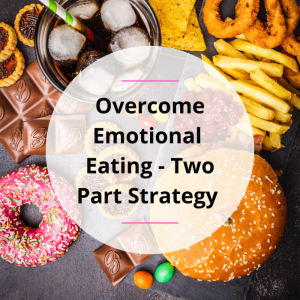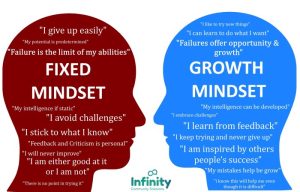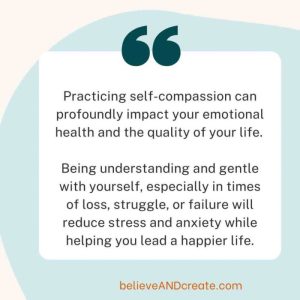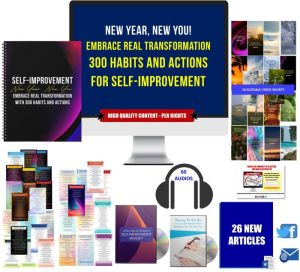Stress Relief Techniques A Comprehensive Guide
Stress relief techniques are crucial for navigating the demands of modern life. This guide explores a range of methods, from mindfulness practices and physical activities to cognitive strategies and professional support, offering a holistic approach to managing stress and improving overall well-being. We’ll delve into the science behind stress reduction, examine practical techniques you can implement immediately, and discuss the importance of seeking professional help when needed.
Understanding and managing stress is not just about feeling better; it’s about building resilience and living a more fulfilling life.
The information presented here covers various approaches to stress management, categorizing them for clarity and providing actionable steps for incorporating these techniques into your daily routine. We aim to equip you with the knowledge and tools necessary to cultivate a healthier relationship with stress, leading to improved mental and physical health.
Stress Relief Techniques Overview
Stress, a ubiquitous aspect of modern life, can manifest physically, mentally, and emotionally. Effectively managing stress is crucial for maintaining overall well-being. Stress relief techniques encompass a wide range of methods designed to help individuals cope with and reduce the negative impacts of stress. These techniques aim to restore equilibrium and promote a sense of calm and control.Stress relief techniques are methods and strategies used to manage and reduce the physiological and psychological effects of stress.
They are not a one-size-fits-all solution; rather, the effectiveness of a particular technique depends on individual preferences, lifestyle, and the nature of the stressor. These techniques can be broadly categorized into physical, mental, and emotional approaches, often overlapping and complementing each other.
Categories of Stress Relief Techniques
Stress relief techniques are diverse and can be categorized based on their primary approach. Physical techniques focus on bodily responses to stress, often involving physical activity or relaxation of the body. Mental techniques concentrate on managing thoughts and perceptions of stress, influencing cognitive processes. Emotional techniques address the feelings and emotional responses associated with stress, fostering emotional regulation and resilience.
Many techniques incorporate elements from multiple categories.
Comparison of Stress Relief Techniques
The following table compares five common stress relief techniques, highlighting their effectiveness and potential drawbacks. Effectiveness can vary greatly depending on individual factors.
| Technique | Category | Effectiveness | Potential Drawbacks |
|---|---|---|---|
| Deep Breathing Exercises | Physical/Mental | Highly effective for immediate stress reduction; improves focus and calmness. Studies show it can lower blood pressure and heart rate. | May not be sufficient for chronic or severe stress; requires consistent practice. |
| Progressive Muscle Relaxation | Physical/Mental | Reduces muscle tension and promotes relaxation; effective for managing anxiety and insomnia. Research indicates it can lower cortisol levels. | Requires time and commitment; may not be suitable for individuals with certain physical limitations. |
| Mindfulness Meditation | Mental/Emotional | Improves self-awareness, reduces rumination, and enhances emotional regulation; studies demonstrate its positive effects on anxiety and depression. | Requires dedicated practice; may initially be challenging for some individuals; potential for increased anxiety if not practiced correctly. |
| Yoga | Physical/Mental/Emotional | Combines physical postures, breathing techniques, and meditation; improves flexibility, strength, and reduces stress and anxiety; research suggests benefits for chronic pain management. | Requires some physical flexibility; may not be suitable for individuals with certain injuries or health conditions; finding a qualified instructor is important. |
| Spending Time in Nature | Emotional/Physical | Reduces stress hormones, improves mood, and promotes relaxation; studies show a correlation between time spent outdoors and reduced stress levels and improved mental well-being. | Accessibility may be limited depending on location and environmental conditions; weather dependent. |
Ultimately, effective stress management is a personalized journey. While this guide provides a comprehensive overview of various techniques, the key is to experiment and discover what works best for you. Remember that seeking professional help is a sign of strength, not weakness, and that consistent self-care is essential for long-term well-being. By integrating these strategies into your life, you can build resilience, enhance your mental health, and live a more balanced and fulfilling life, free from the overwhelming grip of stress.
FAQ Section: Stress Relief Techniques
What are the early warning signs of burnout?
Early signs of burnout often include exhaustion, cynicism, reduced professional efficacy, and physical symptoms like headaches or digestive issues.
How long does it take to see results from stress reduction techniques?
The timeframe varies depending on the technique and individual. Some people experience immediate relief from techniques like deep breathing, while others may require consistent practice over weeks or months to notice significant changes.
Are stress relief techniques covered by insurance?
Coverage for stress relief techniques like therapy or counseling depends on your specific insurance plan. Check your policy details or contact your provider for clarification.
Can stress relief techniques prevent future stress?
While they can’t entirely prevent future stress, regular practice builds resilience and equips you with coping mechanisms to handle stressful situations more effectively.






